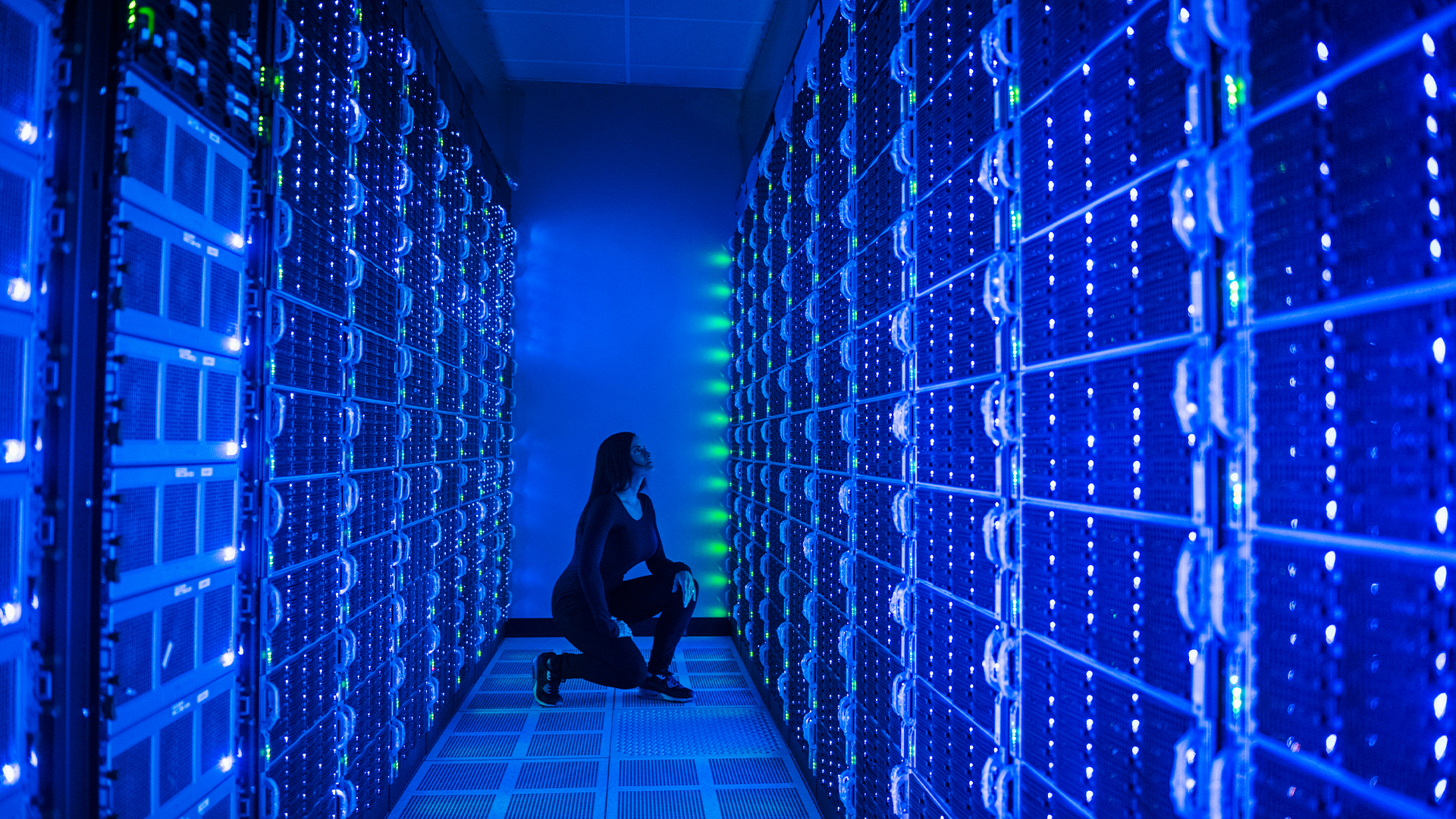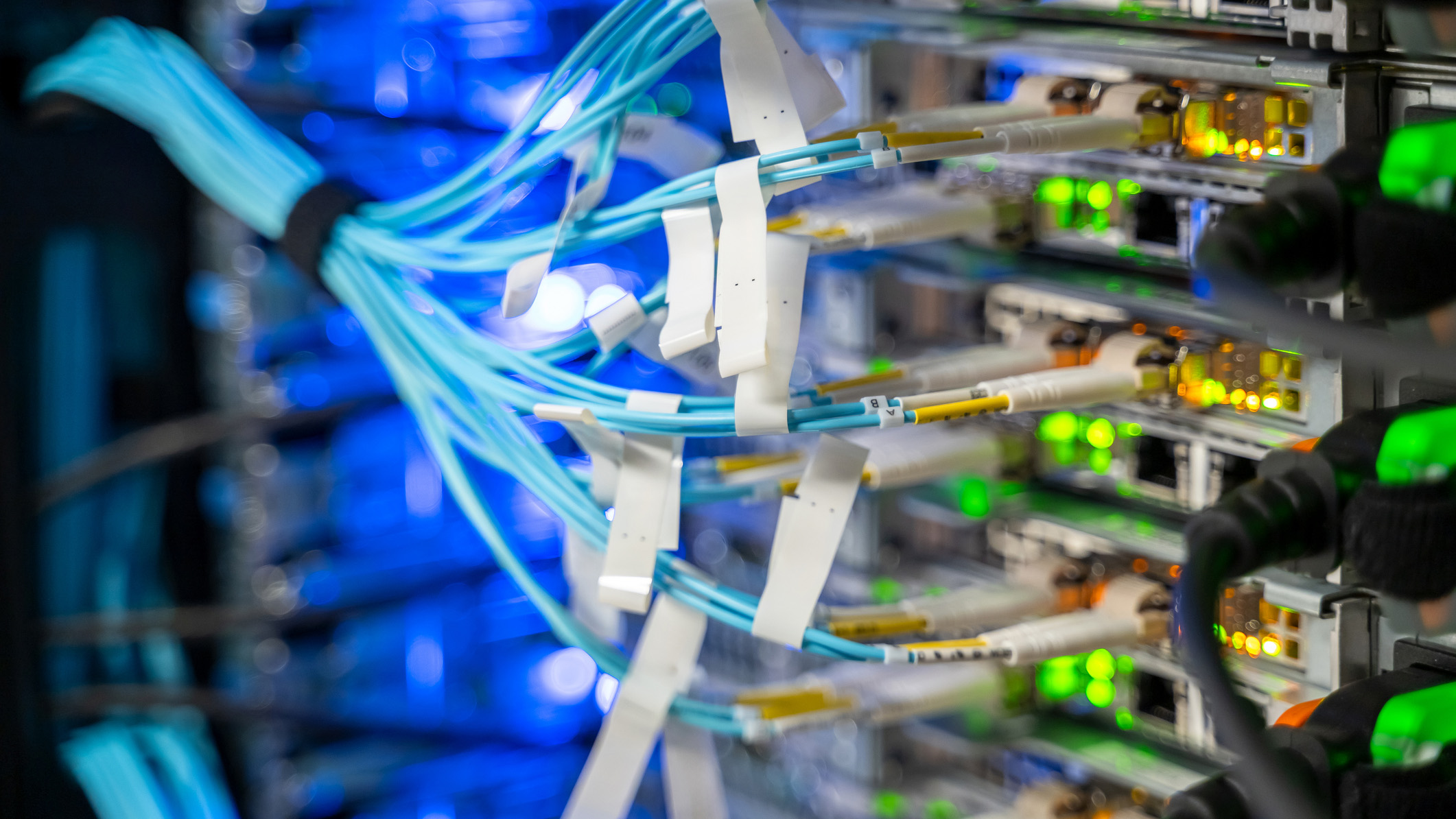Lack of power supplies hitting data centre construction
New research from Savills finds that delivered power capacity is actually falling


Difficulties accessing adequate power supplies are slowing the expansion of data centers, according to a new analysis from real-estate services firm Savills.
The company said it's only seen 850MW of power capacity delivered across EMEA since the start of this year, down by 11% compared with the same period last year.
Meanwhile, new take-up this year reached 845MW, around half the power capacity leased in 2024.
Savills puts this down to the limited availability of new facilities coming to the market, rather than a lack of demand. The underlying strength of demand, it said, is reflected in the total contracted power capacity, which has risen to nearly 14,500MW, up 12% year-on-year. Around a quarter of take-up is now pre-let compared with less than 20% three years ago.
As a result, occupancy rates across the region have climbed to 91% in the third quarter this year, up from 87% in the same quarter in 2022.
"The persistent imbalance between surging demand and restricted supply continues to underpin rental values. Following three years of sharp increases, average rents have stabilised across the region," said Cameron Bell, director, EMEA data centre advisory at Savills.
"Nonetheless, with accelerating AI-related requirements, rising energy costs, and sustained construction inflation, further upward pressure on pricing is widely anticipated for the rest of 2025 and beyond."
Sign up today and you will receive a free copy of our Future Focus 2025 report - the leading guidance on AI, cybersecurity and other IT challenges as per 700+ senior executives
Partly because of these difficulties, data center supply tends to be concentrated in certain areas, said Savills. Established hubs grew strongly, with capacity in France up 15%, Germany 10% and the UK and Ireland up by 9%. But there was also growth in non-traditional locations such as Portugal (60%), Saudi Arabia (49%), Spain (25%), UAE (20%), and Sweden (17%). The Netherlands saw just 6% growth, thanks to an ongoing government moratorium on new developments.
"Geographically, we have seen demand remain highly concentrated. Despite discussion around location agnostic strategies when it comes to AI, very few such projects have translated into transactions," said Bell.
"Instead, operators are doubling down on existing availability zones, reinforcing consolidation in areas with established hyperscaler footprints, reliable energy supply, and space for scalable growth."
And there are other issues too. Across EMEA, data centre build costs – including land, shell, electrical and mechanical systems, cooling, fire safety and fit-out – now range between $7.3 million and $13.3 million per megawatt of commissioned IT load.
The sharpest annual cost increases are seen in Vienna, up by 28%, Warsaw, up by 25%, Stockholm, at 18% and Copenhagen at 17%.
"We are seeing developers responding with forward purchasing and closer ties with suppliers, whilst some are pivoting to emerging markets offering more accessible land and power," said Marc Edmondson, director and data centre expert in the building and project consultancy team at Savills.
Data center power consumption has become an increasing concern, with Gartner warning this time last year that 40% of data centers could face constraints in power availability by 2027. It forecast a growth in consumption of 160%, saying that by then the power required to run AI-optimized servers will reach 500TWh, more than two-and-a-half times as much as in 2023.
MORE FROM ITPRO
Emma Woollacott is a freelance journalist writing for publications including the BBC, Private Eye, Forbes, Raconteur and specialist technology titles.
-
 Businesses finding it hard to distinguish real AI from the hype, report suggests
Businesses finding it hard to distinguish real AI from the hype, report suggestsNews An Ernst & Young survey finds that CEOs are working to adopt generative AI, but find it difficult to develop and implement
-
 Why networking is just as important as compute in AI data centers
Why networking is just as important as compute in AI data centersIn-depth Although compute accounts for the majority of data center investment, networking is becoming ever more critical as focus shifts from training to inference
